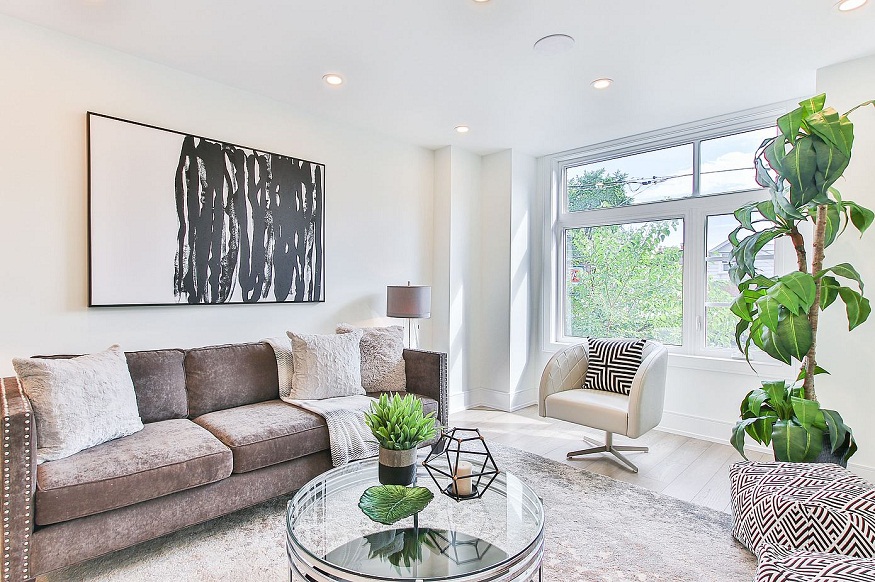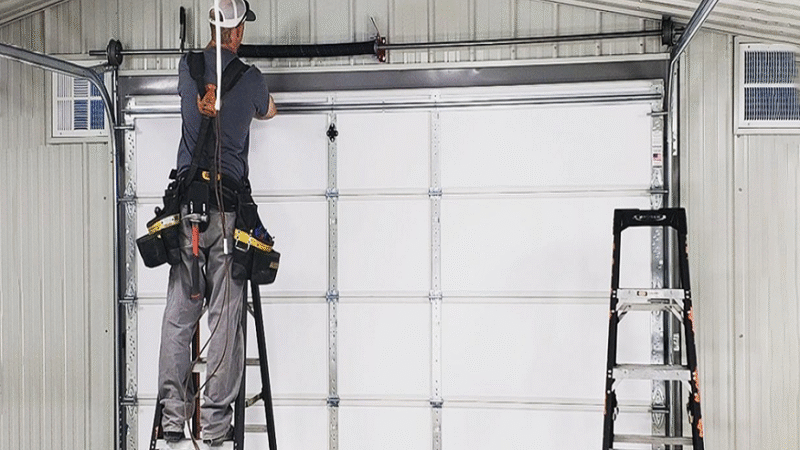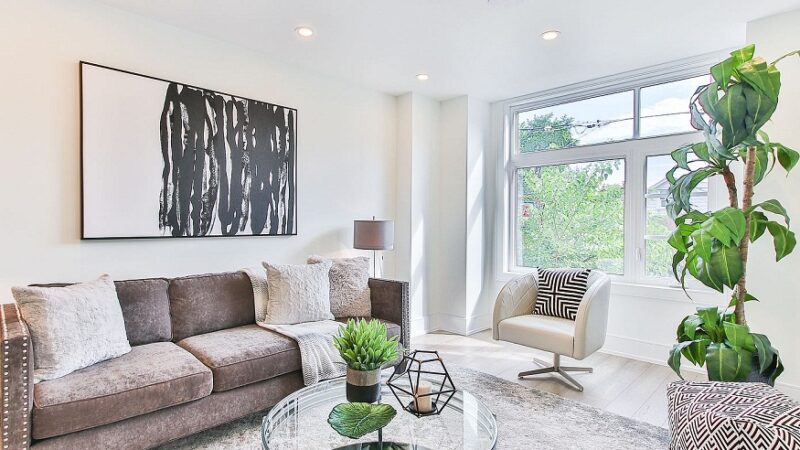Looking for the perfect seating without compromising on style or space? Whether you’re furnishing a compact flat in Mumbai or a spacious family home in Bengaluru, the right sofa or couch can transform how your space feels and functions.
In Indian homes, every room has its own challenges, including limited space, changing weather, and diverse usage needs. Your choice of seating isn’t just about looks; it impacts daily comfort, guest impressions, and how well each room serves its purpose.
This guide outlines what to consider for every room in your home, from modular solutions that adapt to tight layouts to material choices that handle heat and humidity.
Let’s dive into how to find a sofa or couch that’s not only stylish but also smartly suited to your space.
Living Room Sofa Ideas: The Heart of the Home
You spend most of your time here relaxing or entertaining, so your sofa and couches need to be practical and comfortable.
1. Measure the Space Carefully
Before buying, it’s essential to understand the exact dimensions of your space. This ensures the sofa and couch fit well and doesn’t disrupt movement.
- Measure wall-to-wall length and width.
- Account for door and window placements.
- Leave 30 to 36 inches for clear pathways. Use masking tape to outline the sofa and couch footprint on the floor and visualise the layout easily.
2. Choose a Shape That Matches the Layout
The shape of your sofa and couches influences how well they complement your living area. Think about your layout and daily use.
- L-shaped sofas are great for open layouts and larger spaces.
- Three-seaters are ideal for standard-sized rooms.
- Loveseats or compact couches suit small flats and studios. Selecting a shape that works with your layout makes the space more functional.
3. Pick a Fabric That Fits Your Lifestyle
Your chosen material should reflect your daily needs, including pets, dust, and climate.
- Linen blends and microfiber are breathable and easy to clean.
- Leatherette resists stains and adds a polished look.
- Cotton-blend fabrics are soft and suited for mild climates. Choose a fabric that balances comfort, style, and maintenance.
Once you’ve set the tone in the living room, it’s time to focus on the bedroom. While the living room is for gathering and entertaining, the bedroom is your retreat. The sofa and couch play a quieter role, adding comfort without distraction.
Bedroom Sofas for Indian Homes: Private Comfort Zone
A sofa and a couch in the bedroom should feel intentional and not intrusive. It can be a reading spot, a place for quiet moments, or added utility.
1. Choose the Right Size
Your bedroom sofa and couch should support utility without crowding the space. Go for something that fits neatly with the bed and decor.
- Add a chaise lounge near a window for a peaceful corner.
- Use a two-seater couch at the bed’s foot for added seating.
- Sofa-cum-beds work well in multipurpose or guest rooms. A balanced size adds comfort without affecting room flow.
2. Use Calmer Tones
Soothing colours help create a restful environment and visual harmony in bedrooms.
- Neutral shades like beige, grey, or ivory promote relaxation.
- Pastels like soft blue or sage add calmness.
- Earthy tones blend well with wooden furniture. These tones keep the room peaceful and inviting.
3. Look for Added Utility
Multifunctional sofas and couches maximise usage, especially in smaller homes.
- Opt for models with under-seat storage.
- Choose foldable or convertible pieces for guests.
- Lightweight designs help with easy repositioning. Utility-focused choices improve convenience and space use.
After setting a calm, functional tone in the bedroom, the focus can shift to spaces where guests and aesthetics play a larger role. The dining room or lounge requires seating that complements social interaction and the space’s design.
Dining Room or Lounge Sofa Options: Elegance Meets Functionality
This area is about refinement without sacrificing utility. Sofas and couches here support social gatherings and quieter moments.
1. Choose Sleek Profiles
A slim and structured sofa or couch complements the formal setting of a dining room or lounge.
- Look for narrow armrests and upright backs.
- Choose compact lengths that don’t overpower the table.
- Prioritise lightweight frames that are easy to shift. Sleek silhouettes keep the space elegant and proportional.
2. Prioritise Easy Maintenance
Dining areas face a higher risk of spills and stains, so material selection matters.
- Leatherette is easy to wipe clean.
- High-performance fabrics resist staining.
- Avoid plush fabrics that absorb food odours. Low-maintenance options are best for spaces with food or drinks nearby.
3. Align With the Decor
A well-chosen sofa or couch adds cohesion and polish to your interiors.
- Match wood tones and finishes with dining sets.
- Use cushion fabrics that echo curtains or tablerunner colours.
- Keep lines and patterns consistent for visual harmony. This creates a coordinated and intentional look.
While lounges and dining areas cater to aesthetics and social interaction, your study or home office demands function above all. The right sofa and couch help you balance focus and occasional comfort.
Study Room or Home Office Sofa Setup: Focused but Comfortable
Sofas and couches in work areas should enhance comfort without encouraging slouching.
1. Go for Supportive Seating
- Recliners support short breaks and reading.
- Sleeper sofas offer flexibility for guests.
- Loveseats provide upright seating without taking up too much space. Supportive seating makes work-from-home more comfortable.
2. Avoid Cluttered Arrangements
- Keep couches along walls to free up central space.
- Avoid overfilling the room with bulky furniture.
- Maintain direct access to desks and shelves. An open layout supports better focus and workflow.
3. Choose Neutral, Grounding Colours
- Dark greens or navy promote calm.
- Greys are versatile and reduce visual noise.
- Avoid loud or overly bright upholstery. Muted shades keep the room focused and distraction-free.
After the focus and function of a home office, the next space to consider is where guests form their first impression. The entryway or foyer, though often compact, benefits from thoughtful seating that combines form with everyday utility.
Entryway or Foyer Couch Ideas: Make a Strong First Impression
Sofas and couches in the entryway set the tone for your entire home.
1. Pick Compact Furniture
- Use narrow benches or settees.
- Armless couches keep the space open.
- Choose pieces with a low profile and sleek lines. Compact choices maintain openness without losing function.
2. Maximise Functionality
- Pick models with pull-out drawers.
- Add hooks or trays above the sofa for accessories.
- Use washable cushions for easier upkeep. Multi-use options make small areas more effective.
3. Keep It Light and Inviting
- Go for light greys, pastels, or sunny tones.
- Use textured or printed upholstery to mask dirt.
- Coordinate with mats or runners. A friendly palette makes guests feel at ease right away.
From the entrance of your home to its private corners, each space has its aesthetic. The kids’ room, filled with energy and creativity, needs safe, playful, and durable furniture.
Kids’ Room Sofa Picks: Practical and Play-Friendly
Sofas and couches should be fun, durable, and easy to maintain in kids’ spaces.
1. Focus on Safety First
- Avoid sharp corners and hard frames.
- Choose low-height options to prevent falls.
- Foam seating or soft beanbags are ideal. Prioritising safety supports stress-free play.
2. Use Bright, Washable Materials
- Select removable covers that are machine washable.
- Use leatherette or treated fabric for spills.
- Avoid light colours unless they are easily cleaned. Durable materials keep the furniture looking good longer.
3. Keep the Style Fun
- Look for cartoon prints, animals, or bold patterns.
- Use vibrant cushions or themed slipcovers.
- Choose rounded shapes to maintain a soft look. Playful style keeps the room cheerful and inviting.
After designing playful and safe spaces for children, it’s time to step outside. Your balcony or outdoor lounge is an extension of your living area, offering fresh air and quiet moments with the right seating.
Outdoor Sofa and Couch Ideas for Balconies
Sofas and couches on balconies should combine weather resistance with comfort.
1. Choose Weather-Friendly Materials
- Rattan and wicker hold up well to the sun and rain.
- UV-resistant cushions protect from fading.
- Metal frames with anti-rust coating are ideal. Weather-ready pieces last longer outdoors.
2. Use Space-Efficient Designs
- Foldable pieces offer flexibility.
- Modular seating allows rearrangement.
- Stackable designs are great for storage. Compact furniture adapts to changing needs.
3. Add Personal Touches
- Use throw pillows with outdoor fabrics.
- Pair seating with planters or fairy lights.
- Add a small table for tea or reading. Small accents make the area feel complete.
Once you’ve taken care of each specific space in your home, it’s helpful to remember a few universal guidelines. These general tips apply no matter which room you’re furnishing.
General Sofa and Couch Tips for Every Room
- Test the piece before buying. Check seat depth, height, and cushion firmness.
- Avoid dominant sizes. The sofa should not take up more than one-third of the room.
- Mind your floors. Add pads to protect tiles or hardwood from sofa legs.
- Coordinate, don’t copy—match or contrast colours thoughtfully with rugs, curtains, or cushions.
Conclusion
Your choice of sofa and couch plays a defining role in how each room looks, feels, and functions. The right piece won’t just sit there; it will support your routines, enhance your design, and make the most of your space.
You can transform your home without compromise by tailoring each purchase to the room’s needs and using practical layout and fabric tips. Take your time, measure mindfully, and invest in seating that supports your lifestyle and personal style.










